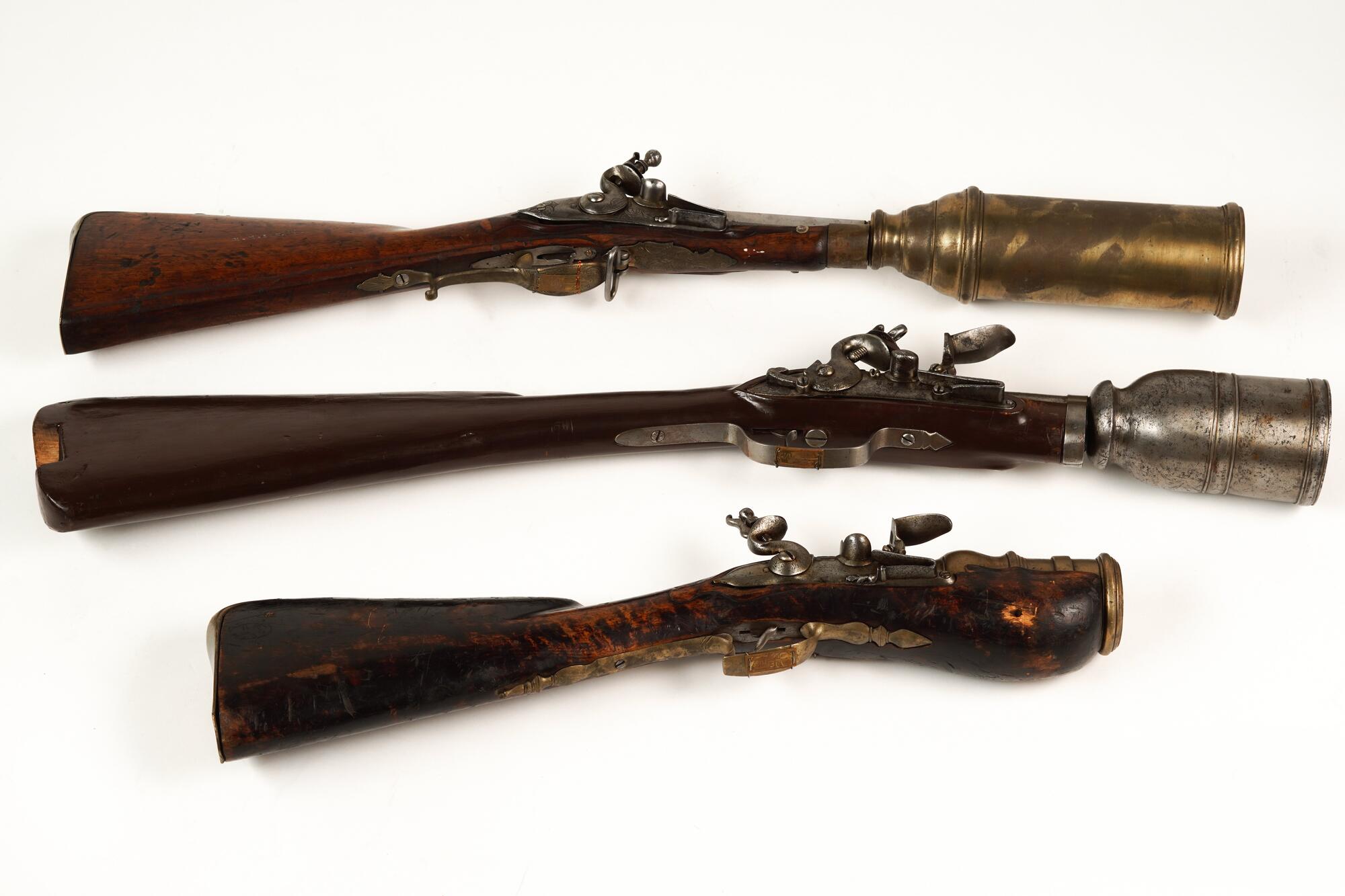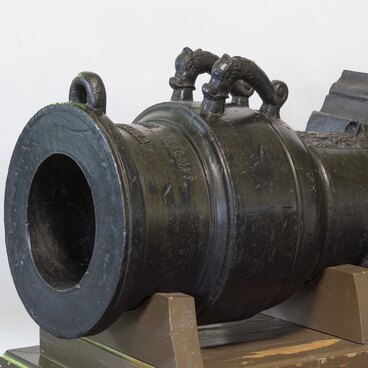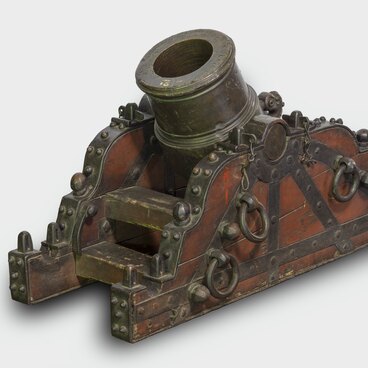At the beginning of the 16th century, the first hand grenades appeared in Europe. Externally, these hollow balls of iron, cast iron or brass truly resembled pomegranate in size and shape. With a diameter of 40–75 mm, they weighed 800–1300 grams.
The ball, as well as the conical grenade tube, was stuffed with compressed gunpowder. Then the tube was inserted into the round through-hole on the body, the powder was ignited with a smoldering wick and the grenade was thrown as far as possible.
The strongest and most robust soldiers, called grenadiers, were recruited for throwing grenades. Over time, it became a requirement for them to be no shorter than 170 cm.
Grenadier units began to appear in the European army — both in infantry and cavalry — from the second half of the 17th century and from the very beginning were considered elite.
The distinctive features of the grenadiers were mustaches (in other units illegal), fur or cloth grenadier caps without brims and a special device for carrying a wick on a sling of a cartridge bag.
In the late 15th — early 16th century, hand mortars, weapons for firing hand grenades, were invented. Externally, the mortar resembled a shortened flintlock rifle with an elongated buttstock.
A hand grenade was placed in the bronze part (barrel) on the neck of the buttstock. Priming powder was poured onto the priming pin, the propelling charge was placed in the chamber and ignited with a flintlock mechanism. To make a shot, the same trigger mechanism was used as on a usual rifle or pistol.
Shooting with the buttstock on the shoulder was not allowed as recoil was strong, so the buttstock rested on the ground or another hard surface. The elevation angle of the gun was adjusted manually, holding the mortar by the neck of the buttstock.
The grenade exploded only after the compressed gunpowder in the tube completely burned out and the fire reached the “filling” of the body. With sufficient skill, it was possible to defuse the projectile by flooding it with water, covering it with dirt or a cloak.
In Russia, the first grenadier companies appeared under Peter I in 1704, and four years later grenadier regiments were formed.
The ball, as well as the conical grenade tube, was stuffed with compressed gunpowder. Then the tube was inserted into the round through-hole on the body, the powder was ignited with a smoldering wick and the grenade was thrown as far as possible.
The strongest and most robust soldiers, called grenadiers, were recruited for throwing grenades. Over time, it became a requirement for them to be no shorter than 170 cm.
Grenadier units began to appear in the European army — both in infantry and cavalry — from the second half of the 17th century and from the very beginning were considered elite.
The distinctive features of the grenadiers were mustaches (in other units illegal), fur or cloth grenadier caps without brims and a special device for carrying a wick on a sling of a cartridge bag.
In the late 15th — early 16th century, hand mortars, weapons for firing hand grenades, were invented. Externally, the mortar resembled a shortened flintlock rifle with an elongated buttstock.
A hand grenade was placed in the bronze part (barrel) on the neck of the buttstock. Priming powder was poured onto the priming pin, the propelling charge was placed in the chamber and ignited with a flintlock mechanism. To make a shot, the same trigger mechanism was used as on a usual rifle or pistol.
Shooting with the buttstock on the shoulder was not allowed as recoil was strong, so the buttstock rested on the ground or another hard surface. The elevation angle of the gun was adjusted manually, holding the mortar by the neck of the buttstock.
The grenade exploded only after the compressed gunpowder in the tube completely burned out and the fire reached the “filling” of the body. With sufficient skill, it was possible to defuse the projectile by flooding it with water, covering it with dirt or a cloak.
In Russia, the first grenadier companies appeared under Peter I in 1704, and four years later grenadier regiments were formed.






